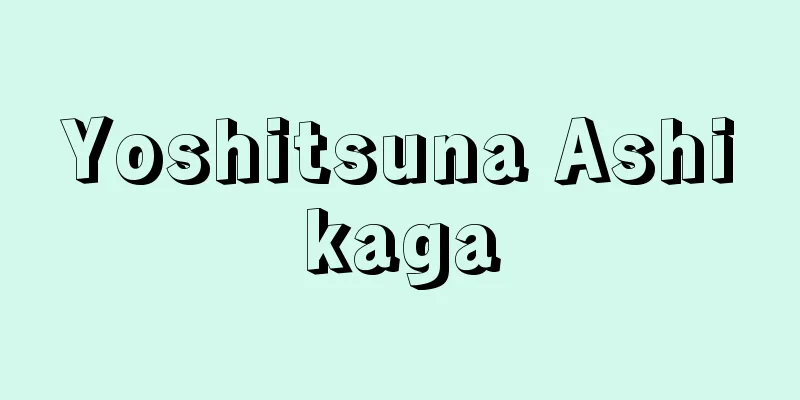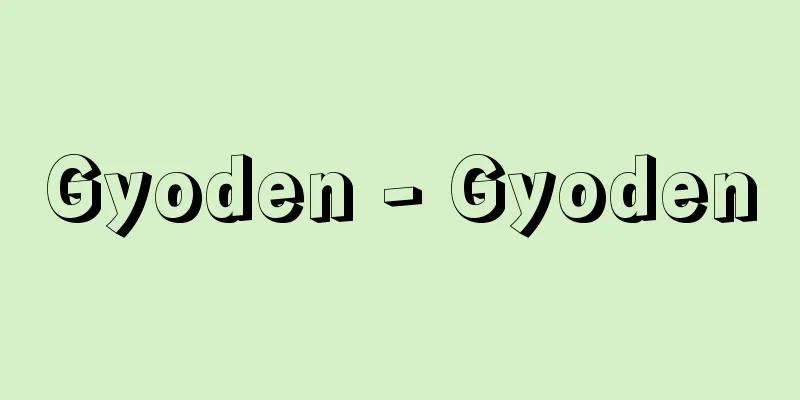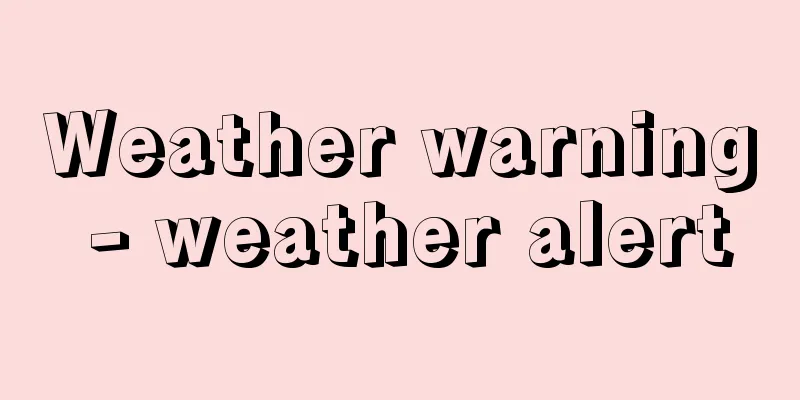Ken Domon

|
Photographer. Born in Yamagata Prefecture. Active as a photojournalist from the 1930s, he promoted the realism photography movement in the 1950s after the Second World War, and is one of Japan's most famous photographers of the 20th century. Graduated from Yokohama Second Middle School in 1928 (Showa 3). After working in various jobs, including as a warehouse clerk at the Ministry of Communications and a lawyer's clerk, he became an apprentice at a commercial photography studio in Ikenohata, Ueno, Tokyo in 1933 and began his training in photography. In 1935, he joined Nippon Kobo, which was involved in the production of the overseas graphic magazine NIPPON, centering on photographer Yonosuke Natori, and began working in photojournalism. In 1938, he formed the Young Photojournalist Research Group with Shigeru Tamura (1909-1987), Shihachi Fujimoto (1911-2006), Hiroshi Hamaya, and others. In the same year, a reportage he photographed of Foreign Minister Ugaki Kazushige was published in the international American graphic magazine Life. In 1939, he left Nippon Kobo and became a consultant for the Japan Foundation, an organization affiliated with the Ministry of Foreign Affairs. In the same year, he visited Muroji Temple in Nara for the first time and began photographing his signature series, Pilgrimage to Ancient Temples. From 1941, he began photographing Bunraku puppets and masters, and during World War II, he also devoted himself to taking portraits of writers, artists, and scientists, which were later compiled into a photo book, Fūbō (1953). After the Second World War, he became a freelancer. In 1948 (Showa 23), he published an experimental nude work, "Eight Chapters on the Flesh" (Photography Photography Series, Volume 3). In 1950, he became a judge for the monthly reader photography contest of Camera magazine, and advocated realism in photography with slogans such as "absolutely unstaged snapshots" and "direct connection between camera and motif," and enthusiastically taught amateur photographers. Out of the realism photography movement in postwar Japan led by Domon, many outstanding photographers emerged, including Fukushima Kikujiro (1921-2015), Kakegawa Genichiro, Tomatsu Shomei, and Kawada Kikuji. In 1953, he photographed a series entitled "Children of Koto" in Fukagawa, Tokyo. In 1957, he visited Hiroshima for the first time to do a picture assignment for a weekly magazine, and began taking photographs of the atomic bombing there. The following year, in 1958, he published the photo book "Hiroshima" and won the Japan Photo Critics Association Writer's Award. In 1960, he published a reportage of the Chikuho coalfields in Kyushu during the period of decline of the coal industry, "Children of Chikuho," at the low price of 100 yen photo book printed on rough paper, which became a huge bestseller with 100,000 copies sold. From the 1960s onwards, while struggling with the aftereffects of a cerebral hemorrhage, he photographed old ceramics and conducted interviews in Hiroshima again, and aimed to complete the "Pilgrimage to Old Temples" series. In 1979, he collapsed from a cerebral thrombosis and never regained consciousness, dying in 1990 at the age of 80. In 1974 he donated a work to his hometown of Sakata, Yamagata Prefecture, and the Domon Ken Memorial Museum was opened there in 1983. In 1982, the Mainichi Shimbun established the Domon Ken Award for the professional photographer who had made the greatest achievements in the photography world that year. [Kinichi Ohirakata] "Appearance" (1953, Ars) "Muro-ji Temple" (1954, Bijutsu Shuppansha) "Hiroshima" (1958, Kenkosha) "Children of Chikuho" (1960, Patria) "Rumie-chan's Father Has Died: The Children of Chikuho, Part 2" (1960, Kenkosha) "Photographic Manners" (1976, David) " The Complete Works of Domon Ken, 13 volumes (1983-1985, Shogakukan) " "Domon Ken's Showa, 5 volumes (1995, Shogakukan)" "Japanese Photographers 16: Domon Ken" (1998, Iwanami Shoten) "Kimura Ihei and Domon Ken by Yasushi Mishima" (1995, Heibonsha) [References] | | | | | |This photo exhibition hall houses the entire collection of approximately 70,000 works by world-renowned photographer Ken Domon. It was completed in 1983. It is the world's first privately run photo exhibition hall. The building was designed by Yoshio Taniguchi, the eldest son of Yoshiro Taniguchi, who was a friend of Domon. Sakata City, Yamagata Prefecture ©Yamagata Prefecture "> Domon Ken Memorial Museum Source: Shogakukan Encyclopedia Nipponica About Encyclopedia Nipponica Information | Legend |
|
写真家。山形県生まれ。1930年代から報道写真家として活躍、第二次世界大戦後の1950年代にリアリズム写真運動を推進した、20世紀の日本でもっとも高名な写真家の一人。1928年(昭和3)、横浜第二中学校を卒業。逓信(ていしん)省の倉庫係、弁護士の書生など職を転々とした後、1933年に東京・上野池之端(いけのはた)の営業写真館に弟子入りし、写真修業を始める。1935年写真家名取洋之助を中心に、海外向けのグラフ雑誌『NIPPON』の制作などを手がけていた日本工房に入社し、報道写真の仕事につく。1938年田村茂(1909―1987)、藤本四八(しはち)(1911―2006)、濱谷浩らと青年報道写真研究会を結成。同年、外相宇垣一成(うがきかずしげ)を撮影したルポルタージュが、アメリカの国際的グラフ雑誌『ライフ』に掲載される。1939年日本工房を退社、外務省の外郭団体国際文化振興会の嘱託となる。同年奈良・室生寺を初めて訪れ、代表作「古寺巡礼」シリーズの撮影に着手。1941年より文楽(ぶんらく)の人形や名人たちの撮影に取り組み、第二次世界大戦中には、後に写真集『風貌(ふうぼう)』(1953)としてまとめられる文士、芸術家、科学者らの肖像撮影にも力を注いだ。 第二次世界大戦後、フリーランスとなる。1948年(昭和23)、実験的なヌード作品「肉体に関する八章」(『写眞撮影叢書 第3集』)を発表。1950年『カメラ』誌の月例読者写真コンテスト審査員となり、「絶対非演出の絶対スナップ」「カメラとモチーフの直結」などのスローガンで写真におけるリアリズムを提唱、熱心にアマチュアの指導にあたった。土門が牽引(けんいん)した戦後日本におけるリアリズム写真の運動のなかから、福島菊次郎(1921―2015)、掛川源一郎、東松照明(とうまつしょうめい)、川田喜久治(きくじ)ら、優れた写真家が輩出している。 1953年、東京・深川で「江東のこどもたち」と題するシリーズを撮影。1957年、週刊誌のグラフ取材で広島を初めて訪れ、同地で原爆被災をテーマとする撮影を始める。翌1958年、写真集『ヒロシマ』を刊行し、日本写真批評家協会作家賞を受賞。1960年、石炭産業の衰退がすすむ時期の九州・筑豊(ちくほう)炭田のルポルタージュ『筑豊のこどもたち』を、ザラ紙印刷の「百円写真集」として低価格で出版、10万部の大ベストセラーとなった。1960年代以降、脳出血の後遺症と闘いながら古陶磁の撮影や広島での再取材に取り組み、また「古寺巡礼」シリーズの完成を目ざした。1979年、脳血栓で倒れ、意識が戻らないまま1990年(平成2)、80歳で没する。1974年作品を故郷の山形県酒田市に寄贈し、1983年同市に土門拳記念館が開設された。また1982年、毎日新聞主催により、その年写真界に業績を残したプロの写真家を対象とする「土門拳賞」が設けられた。 [大日方欣一] 『『風貌』(1953・アルス)』▽『『室生寺』(1954・美術出版社)』▽『『ヒロシマ』(1958・研光社)』▽『『筑豊のこどもたち』(1960・パトリア書店)』▽『『るみえちゃんはお父さんが死んだ 続・筑豊のこどもたち』(1960・研光社)』▽『『写真作法』(1976・ダヴィッド社)』▽『『土門拳全集』全13巻(1983~1985・小学館)』▽『『土門拳の昭和』全5巻(1995・小学館)』▽『『日本の写真家16 土門拳』(1998・岩波書店)』▽『三島靖著『木村伊兵衛と土門拳』(1995・平凡社)』 [参照項目] | | | | | |世界的写真家土門拳の全作品約7万点を収蔵する写真展示館。1983年(昭和58)完成。個人の写真展示館としては世界最初である。建物は土門と交友があった谷口吉郎の長男谷口吉生の設計による。山形県酒田市©山形県"> 土門拳記念館 出典 小学館 日本大百科全書(ニッポニカ)日本大百科全書(ニッポニカ)について 情報 | 凡例 |
Recommend
The sound of Music
…These songs included famous songs such as “My Fu...
Vandalicia
The term was first used by Muslims to refer to th...
Ashi Tozan
1696-1776 A Confucian scholar in the mid-Edo peri...
Historical painting - English
Paintings that are based on historical events or ...
Kaesong ginseng - Kaijo ginseng
…As the amount of ginseng harvested in Korea incr...
Allergic conjunctivitis
What kind of disease is it? ●Main symptoms and pro...
Dorn, G. (English spelling) DornG
...It is also called pansophia or pansophie, a di...
Ganjam - Ganjam
...But it was later invaded by the Chola dynasty,...
Gold and silver wood
〘Name〙 Another name for the plant "Hyotanboku...
Big blowfly - Big blowfly
→ Black fly Source : Heibonsha Encyclopedia About ...
Large-scale tea ceremony - Ooyosechakai
A tea ceremony in which many guests are invited. A...
Ekomon - Ekomon
〘Noun〙 Buddhist term. The words of the sutra recit...
Agent - Dairishou
An independent merchant who normally acts as an a...
Yè Guì (English name)
1667‐1746 An outstanding clinical physician from t...
Kanawatsugi
A type of joint used to connect the foundations an...









